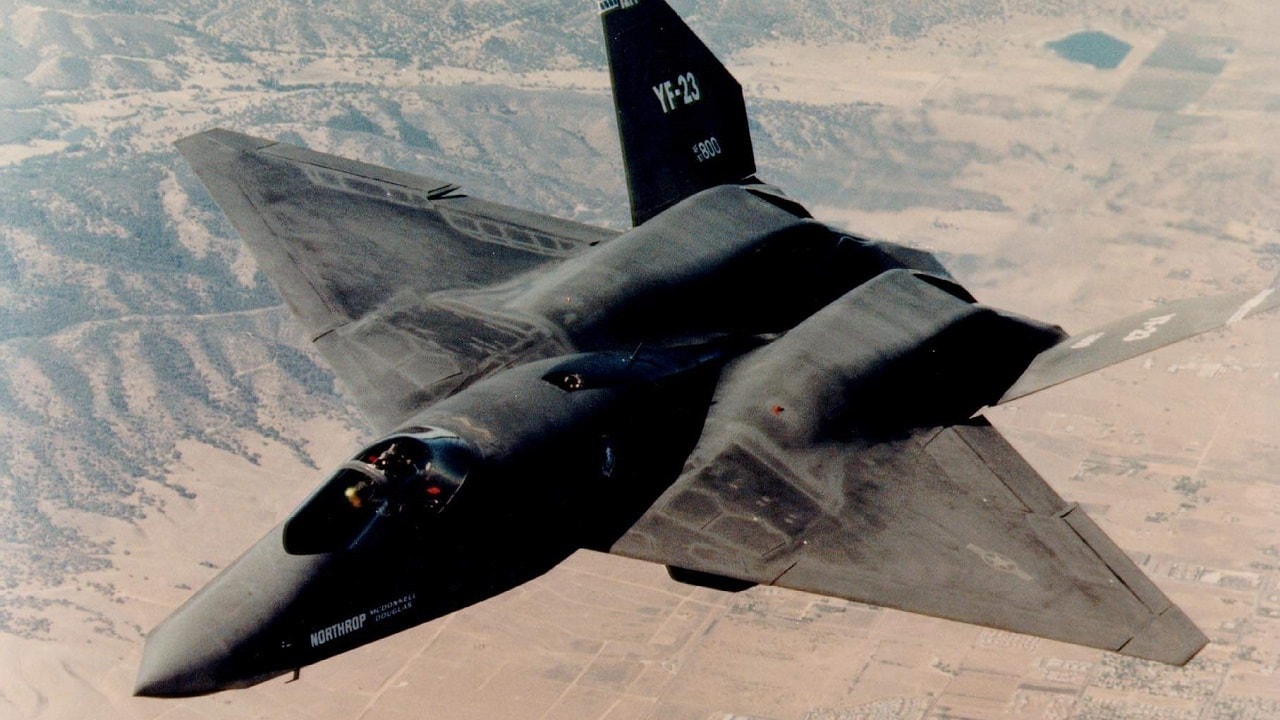The U.S. Air Force revealed in May that the lead designer and developer of the service’s highly anticipated Next Generation Air Dominance (NGAD) program will be selected next year.
Air Force Secretary Frank Kendall further noted there will be continuous competition to supply the new program’s systems after the main developer is chosen.
The next-generation NGAD fighter will replace the widely revered F-22 Raptor.
It is expected to fly alongside AI-enabled unmanned aerial vehicles. The NGAD program is meant to operate as a so-called family of systems.
Next-Generation Competition Heats Up
When the Raptor debuted, it was lightyears ahead of any other fighter in stealth and sheer capability.
However, more than a quarter of a century has passed since the F-22 first took to the skies, and other nations are starting to catch up.
Specifically, China and Russia both claim to fly equally formidable fifth-generation platforms, the J-20 Chengdu and the Su-57.
Even the Raptor’s successor, the F-35 Joint Strike Fighter, has already been flying for so long that it has to undergo a $15 billion technological overhaul to maintain its edge.
As tensions between Washington and Beijing continue to ramp up, the Air Force views its NGAD program as a way to stay ahead.
Referred to by Secretary Kendall as a vital element in reaching the next generation in aviation technology, the NGAD program will be designed to achieve air superiority.
The program was conceptualized in 2014 and is expected to enter service with the Air Force by the middle of the next decade.
Stealth, advanced weapons, digital design, propulsion, and thermal management are the five different technologies that will likely be emphasized in the NGAD fighter’s design. Such an advanced program also comes with quite a hefty price tag.
Kendall recently suggested that one NGAD fighter could cost multiple hundreds millions of dollars, a per-unit cost even higher than the F-35 Joint Strike Fighter.
Short-range capabilities are a limitation of current American fighter platforms, and the NGAD is expected to address this gap. If a conflict over Taiwan arises and the U.S. participates, American airframes would need to be positioned within easy striking distance of Chinese land-attack missiles.
Experts believe that for this reason, the Air Force may want to procure both- short and long-range variants of the next-generation fighter.
While a lot remains unknown, manufacturing giant Lockheed Martin released a series of mock-ups for the NGAD fighter last March.
As detailed by Sandboxx News, the renderings suggest the new fighter will sport a “sleek and stealthy new design with understated or completely missing vertical tail surfaces. This implies a larger emphasis on low observability than on aerobatic maneuverability, as the elimination of these control surfaces could allow fighters to achieve the high levels of stealth offered by flying wing stealth bombers like the B-2 and forthcoming B-21 Raider.”
Maya Carlin, a Senior Editor for 19FortyFive, is an analyst with the Center for Security Policy and a former Anna Sobol Levy Fellow at IDC Herzliya in Israel. She has by-lines in many publications, including The National Interest, Jerusalem Post, and Times of Israel. You can follow her on Twitter: @MayaCarlin.
From 19FortyFive
Ukraine Footage Shows U.S. M982 ‘Excalibur’ Cut Through Russian Artillery
How To Sink A $3 Billion Dollar Submarine: Leave A Hatch Open
Smashed To Pieces: Video Shows Ukraine Hitting Russian Air Defenses

